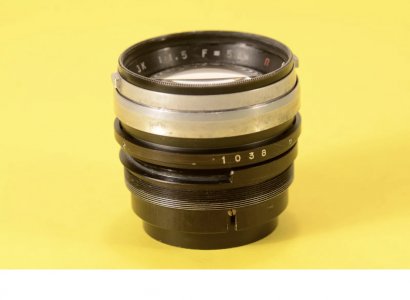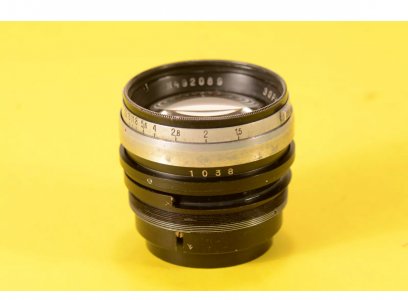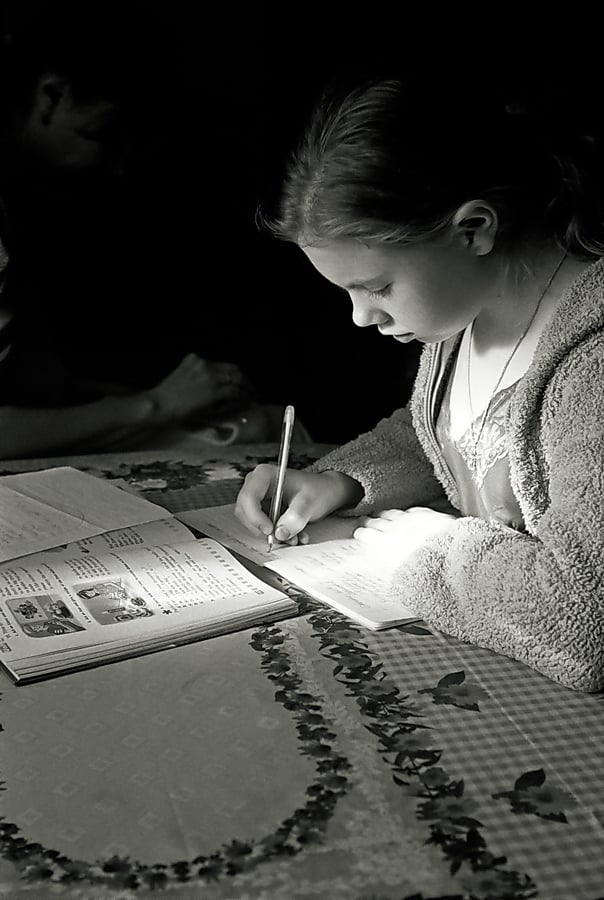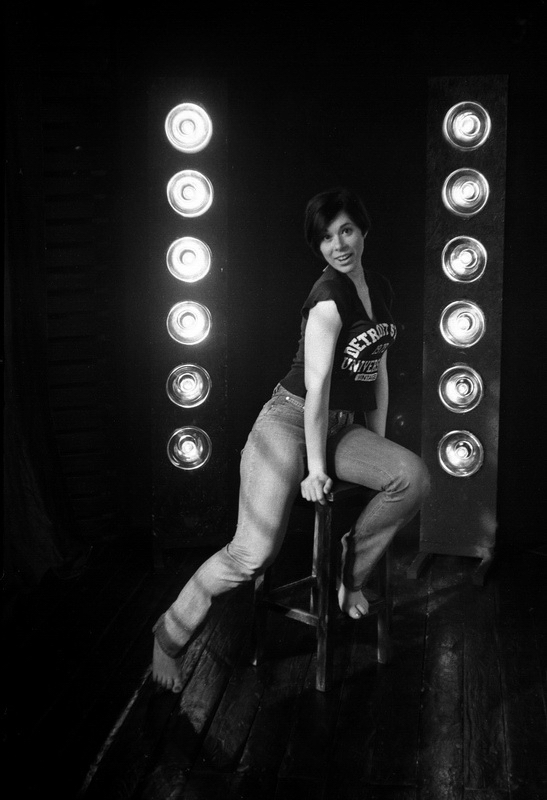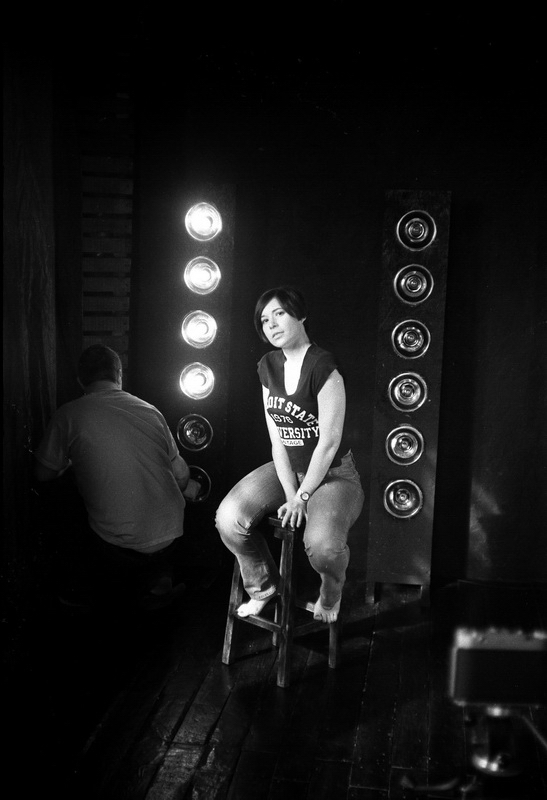Much more interesting would be a conversation about old Soviet glasses such as FED 50/2, Industar 7 from "Tourist", early Industar 10 from "Sport" and FED, the emergence and birth of the brand and the "Kaleinar" system, which is mentioned in the literature before World War II, and it was produced in many versions until 1992.
Another very interesting point with 180 mm lenses.
The legendary "Olympic", Jupiter 6, many options for German post-war lenses, even more options for Japanese ones - for every taste.
It’s a pity, of course, but I haven’t tried the Olympic and I’m unlikely to ever try it; I didn’t like the later German lenses.
My Jupiter 6 gives a much more interesting picture, it’s a pity that it is only for 35 mm film and is very bulky.
The 180 mm lens for the Mamiya C system is also absolutely beautiful - I would be willing to look at the world through it.





